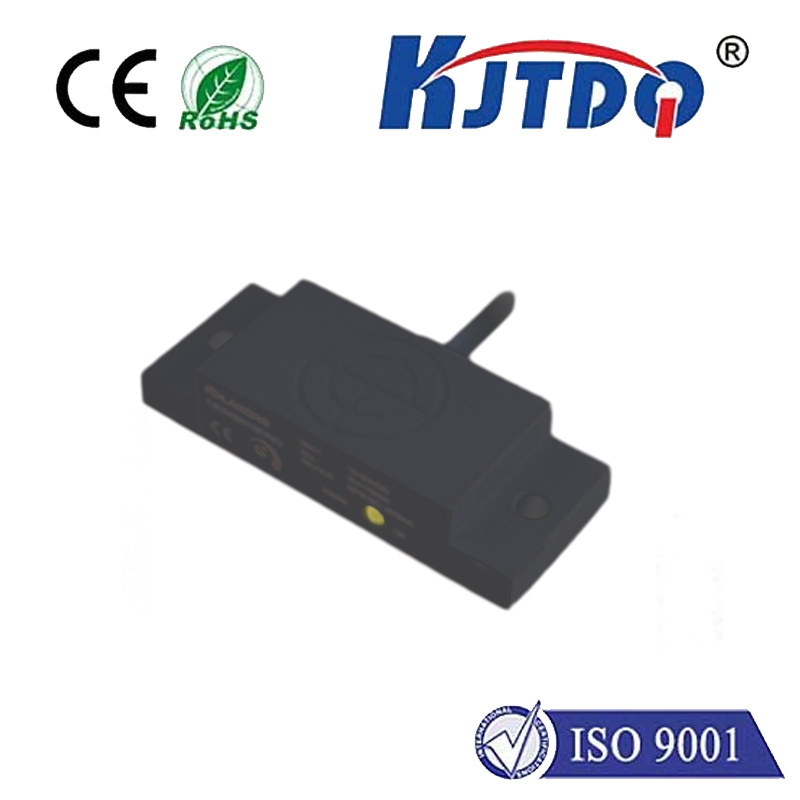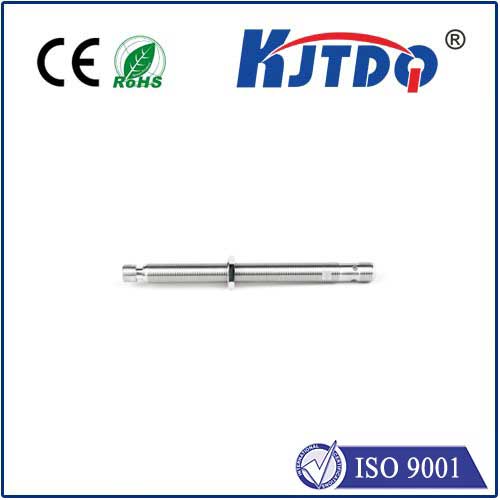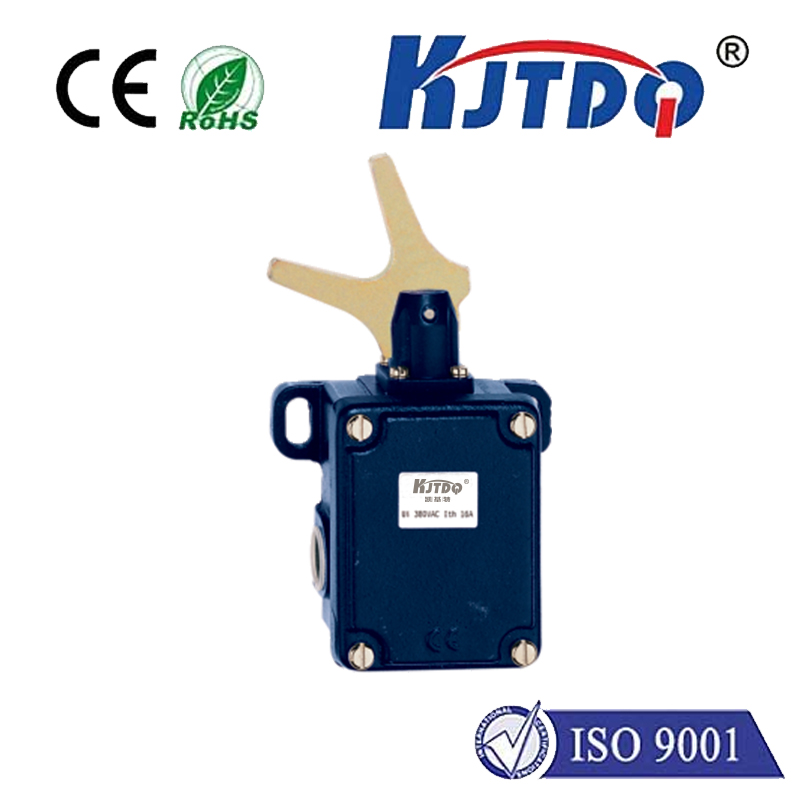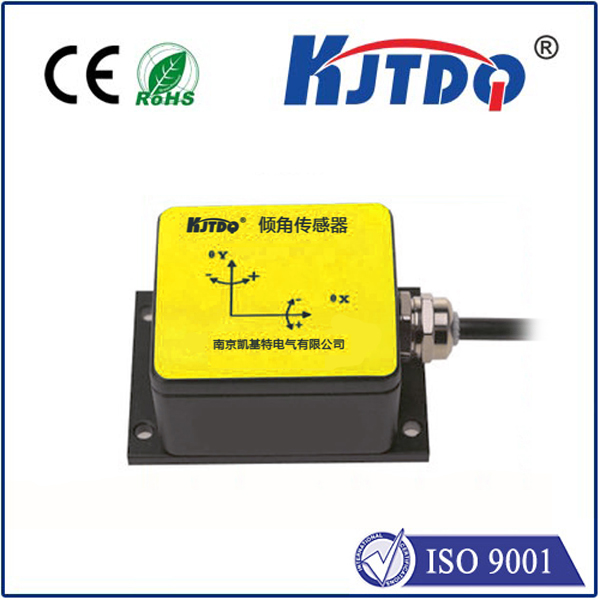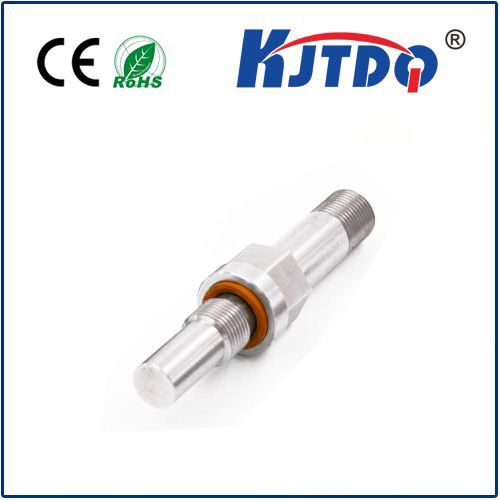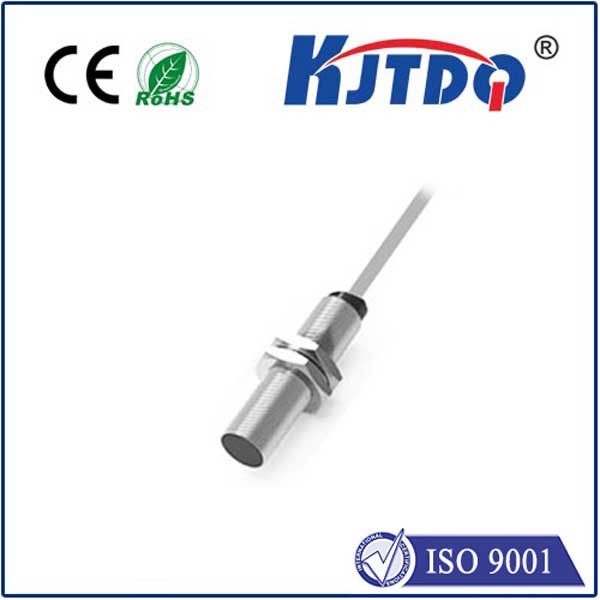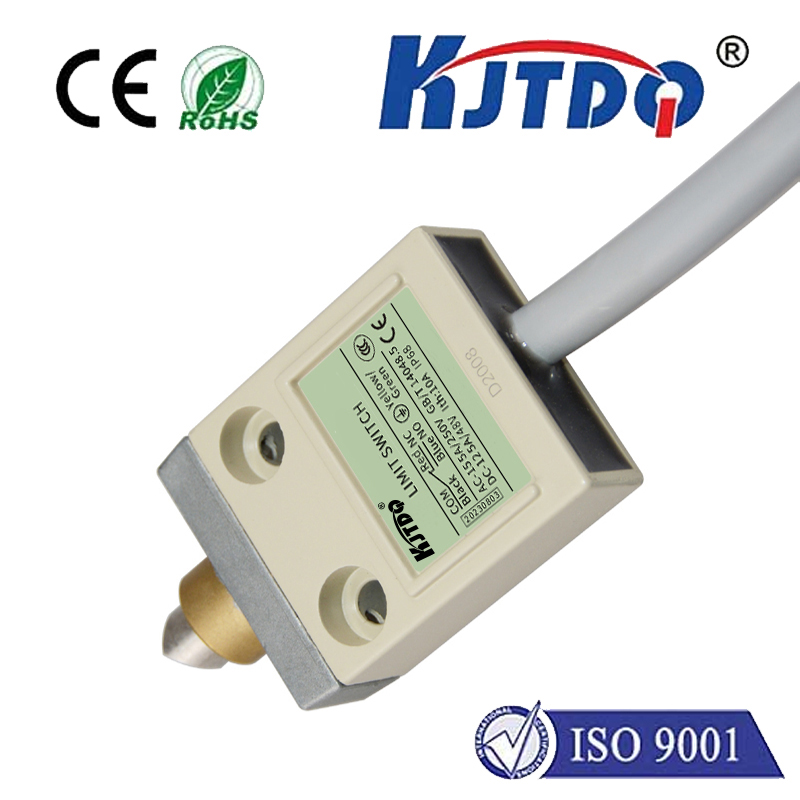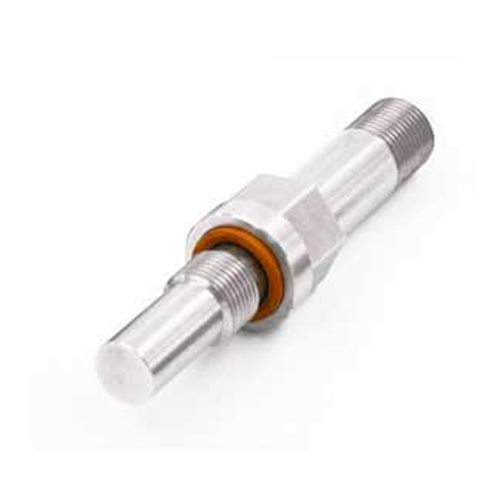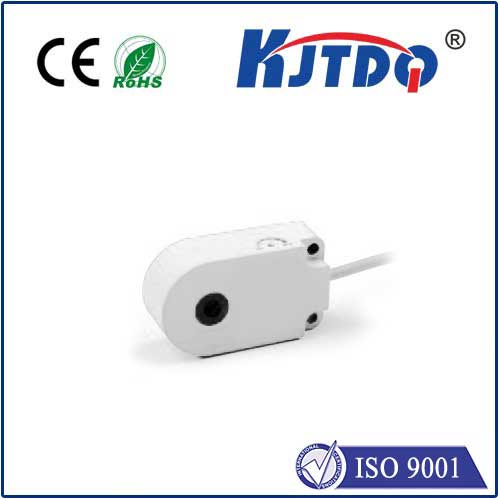Фотоэлектрический датчик безопасности
- time:2025-07-26 03:13:51
- Нажмите:0
Photoelectric Safety Sensors: The Invisible Guardians of Modern Industrial Safety
Imagine a factory floor where robotic arms move with lightning speed, stamping presses exert incredible force, and automated guided vehicles (AGVs) navigate complex paths. Productivity hums at a high level. Now imagine a worker inadvertently stepping too close to that robotic cell, a misplaced hand near the closing press, or an unexpected obstacle in the AGV’s path. The potential for catastrophic injury is chillingly real. This is where photoelectric safety sensors step in, not merely as components, but as critical, responsive guardians. These sophisticated devices form the invisible barriers and watchful eyes that stand between workers and machinery-related hazards, fundamentally enabling safe human-machine interaction.
At its core, a photoelectric safety sensor operates on a beautifully simple yet profoundly effective principle: light. Typically employing an infrared beam, the system involves a transmitter projecting light and a receiver detecting it. The fundamental safety function arises when this beam is interrupted. Think of it as a laser tripwire, but engineered to industrial-grade reliability. Whether someone reaches into a dangerous machine zone, a piece of equipment enters a restricted area, or a safety gate is unexpectedly opened, the breaking of the light beam sends an instantaneous signal to the machine’s control system. Crucially, this triggers an immediate protective action – halting machine motion, reversing movement, or preventing a dangerous cycle from starting altogether. This happens within milliseconds, faster than human reaction time, establishing a vital safeguard.

The power of photoelectric safety sensors lies in several key advantages intrinsic to light-based detection:
- Non-Contact Safety: Unlike physical barriers or pressure mats, photoelectric sensors detect presence without needing contact. This eliminates wear and tear concerns associated with mechanical switches and allows for monitoring large or complex access points without physical obstruction during normal operation.
- Extreme Speed & Reliability: Light travels fast, enabling detection and response times measured in milliseconds. Fail-safe design principles are paramount; the system must default to a safe state (e.g., machine stop) if the beam is blocked, power fails, or a component malfunctions. This reliability is rigorously tested to meet international safety standards (like IEC 61496 and ANSI standards).
- Flexible Protective Fields: Instead of just point detection, photoelectric safety devices can create diverse safety zones:
- Safety Light Curtains: Arrays of synchronized transmitters and receivers generate vertical planes of infrared beams. Breaking any beam sends a stop signal. Ideal for guarding machine access points, press brakes, robotic cells, and palletizing stations.
- Safety Laser Scanners: These devices emit a rotating laser beam, creating a two-dimensional or even three-dimensional protective field around hazards or zones. Perfect for safeguarding areas around AGVs, mobile machinery, or large collaborative robot workspaces where defining a static boundary is more complex. They can define warning and protective zones with different response actions.
- Single Beam Sensors: Simpler devices used for presence detection at access gates or smaller point-of-operation guards.
- Versatility Across Environments: Modern photoelectric safety sensors are engineered to resist challenging conditions – dust, moderate moisture, varying light levels, and vibration – making them suitable for a vast array of industrial settings, from clean electronics assembly to gritty foundries. Features like muting allow temporary, controlled suspension of the safety field (e.g., to allow pallets to enter/exit a guarded zone safely), and blanking permits ignoring specific beam breaks (for known non-hazardous obstructions like machine fixtures).
The applications where photoelectric safety sensors prevent accidents are extensive and vital:
- Machine Guarding: The most prevalent use. Light curtains or scanners guard access to hazardous machine movements on presses, shears, injection molders, CNC machines, and robotic work cells. They act as the first line of defense against operators reaching into danger zones, exceeding the limitations of fixed guards alone.
- Material Handling Automation: Protecting personnel around AGVs, automated storage/retrieval systems (ASRS), and conveyor transfer points. Laser scanners create dynamic safety zones around moving vehicles.
- Packaging & Palletizing Lines: Light curtains safeguard operators at the infeed/outfeed points of high-speed packing machines and robotic palletizers.
- Access Control: Securing hazardous areas like electrical cabinets or automated warehouse entry points. Crossing a safety beam prevents access while danger is present.
- Elevator & Door Safety: Ensuring passenger safety by detecting obstructions in elevator doorways or preventing automatic industrial doors from closing on personnel or objects.
Selecting the right photoelectric safety sensor system is critical and involves careful consideration:
- Hazard Risk Assessment: What is the specific risk (crushing, shearing, impact)? How severe are potential injuries? How quickly must the hazard be stopped? This determines the required performance level (PL) or Safety Integrity Level (SIL) per ISO 13849-1 or IEC 62061.
- Required Detection Capability: Do you need to detect a hand, an arm, an entire body, or even smaller objects? This defines the Решимость (e.g., finger-safe light curtains have smaller beam spacing, typically 14mm or 30mm).
- Detection Range & Field Size: How far must the beam travel? How large is the area needing protection? This dictates sensor type (long-range single beam vs. wide-area curtain/scanner).
- Environmental Factors: Dust, moisture, temperature, ambient light, vibration? Choose devices with appropriate IP ratings and environmental certifications.
- Integration: Ensuring compatibility with the machine’s existing safety relays or Programmable Logic Controller (PLC) safety system (safety controller) for proper control reliable shutdown is non-negotiable. Installation must strictly follow manufacturer guidelines.
Integrating compliant photoelectric safety devices is more than just meeting regulations like OSHA 1910.212 or international equivalents; it’s a tangible commitment to operational excellence. While offering robust protection, proper implementation must respect their limitations. Regular functional testing and inspection are mandatory to ensure continued integrity. Environmental factors like thick dust, heavy fog, or direct intense light interference can potentially impact performance, necessitating appropriate device selection and installation practices.
From the precise detection of a finger near a press to creating dynamic protective fields around mobile robots, photoelectric safety sensors provide the invisible, intelligent shield that makes modern, automated manufacturing safe. They are an indispensable technology, silently and reliably enabling productivity to coexist seamlessly with the paramount priority: protecting human lives within the industrial landscape. Their constant vigilance is the foundation of safe automation.

